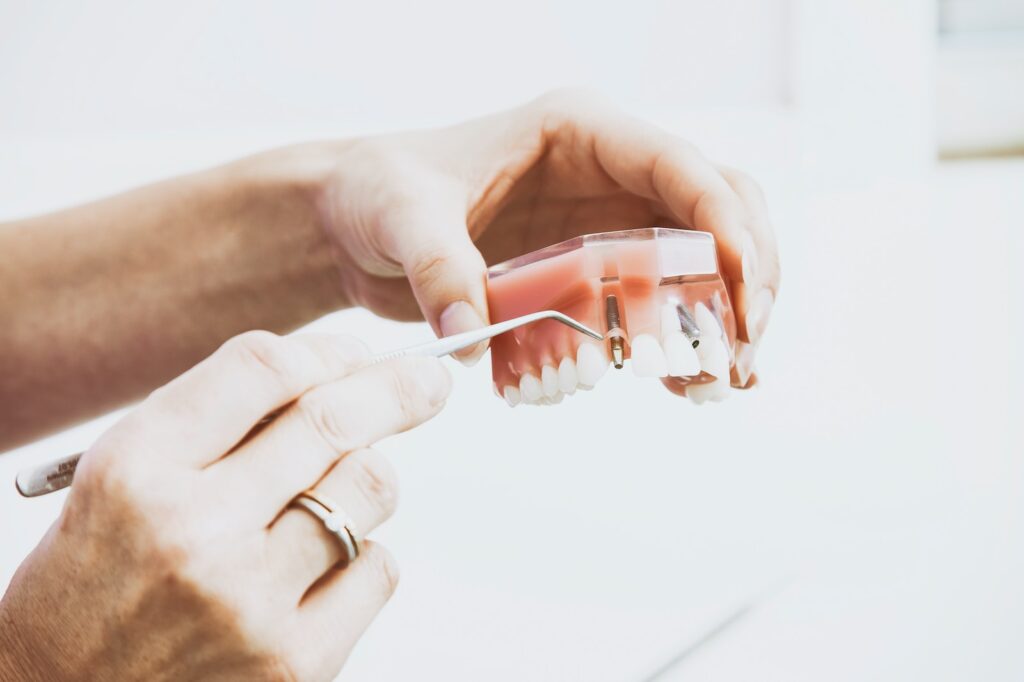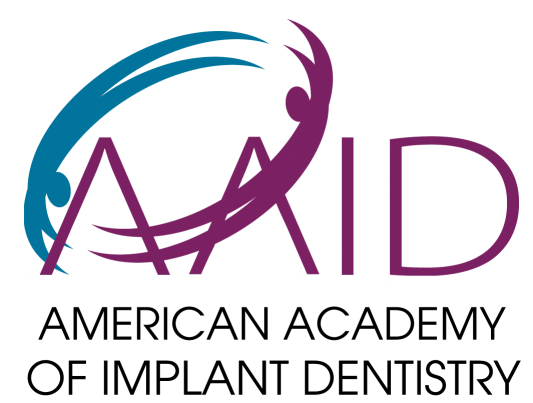Considering dental implants but lack sufficient jawbone density? Dental implant bone grafts create the strong foundation needed for successful implant placement. Lansdowne Family Dental offers advanced bone grafting procedures for patients in Leesburg, Ashburn, Sterling, and Lansdowne who need additional bone support. Learn how bone grafts work, different grafting materials available, healing timelines, and why adequate bone volume is crucial for long-term implant success. Our experienced implant specialists evaluate your bone density and recommend the best grafting approach for your individual needs.

What is a Dental Implant Bone Graft?
A dental implant bone graft is a surgical procedure that addresses jawbone loss or insufficiency. This loss can occur due to several factors, including tooth loss, periodontal disease, or trauma. The grafting procedure involves adding bone or bone-like materials to the jaw to increase its volume and density. This process is critical for patients who lack adequate bone structure to support a dental implant.
Types of Bone Grafts Used in Dentistry
Dental bone grafts can be classified into four main types:
- Autografts: Bone harvested from the patient’s body, usually from other areas of the jaw or body.
- Allografts: Bone sourced from a human tissue bank.
- Xenografts: Bone derived from animal sources, typically bovine.
- Alloplasts: Synthetic materials designed to mimic the properties of natural bone.
Each type of graft has its specific indications and advantages, depending on the patient’s condition and needs.
Benefits of Bone Grafting in Preparation for Dental Implants
The primary benefit of a bone graft is to create a solid foundation for a dental implant. This is particularly crucial for the long-term success and functionality of the implant. By augmenting the jawbone, bone grafts:
- Enhance the stability of dental implants.
- Improve the aesthetic outcome, ensuring a natural-looking restoration.
- Reduce the risk of implant failure due to insufficient bone support.
Who Needs a Bone Graft for Dental Implants?
Ideal candidates for a dental bone graft are individuals who:
- Have lost one or more teeth, leading to jawbone resorption.
- Suffer from periodontal disease, which can cause bone loss.
- Have experienced trauma or infection resulting in bone deterioration.
It’s important to note that each patient’s situation is unique, and a thorough evaluation by a dental professional is essential. At Lansdowne Family Dental, we offer comprehensive dental check-up and cleaning services, which can help identify if you’re a suitable candidate for a bone graft and dental implants.
The Procedure: What to Expect During a Dental Bone Graft
Undergoing a dental bone graft is a significant step towards restoring your oral health. Here’s an overview of what the procedure entails:
- Preparation: An initial examination, including X-rays or CT scans, to assess the extent of bone loss and plan the graft.
- Anesthesia: The procedure is performed under local anesthesia, though sedation options are available for patient comfort. Learn more about sedation dentistry services.
- Grafting: The chosen bone graft material is placed in the area where the bone is deficient.
- Healing: Post-operative healing can take several months, during which the graft integrates with the existing bone.
Recovery and Aftercare
The success of a bone graft largely depends on proper healing and care post-surgery. Here are some key aspects of aftercare:
- Follow-up Visits: Regular check-ups to monitor the healing process.
- Oral Hygiene: Maintaining good oral hygiene to prevent infection.
- Dietary Adjustments: Eating soft foods and avoiding hard or chewy items during the initial healing phase.
Integrating Dental Implants with Bone Grafts
Once the graft has successfully integrated and healed, the next step is the placement of the dental implant. This involves:
- Implant Placement: Inserting a titanium post into the jawbone which acts as a root for the artificial tooth.
- Healing and Osseointegration: Allowing time for the implant to fuse with the bone, is a process known as osseointegration.
- Restoration: Attaching the final crown, bridge, or denture to the implant.
At Lansdowne Family Dental, our expertise extends to full dental implants and tooth implants, ensuring a seamless integration with bone grafts for optimal results.
Cost and Considerations for Dental Implant Bone Grafts
One of the common concerns for patients considering this procedure is the cost. The price of a dental bone graft can vary, depending on factors like:
- Type of Graft: Autografts might be more expensive due to the surgical complexity.
- Extent of Bone Loss: More significant bone loss may require more extensive grafting.
- Geographic Location: Costs can vary based on the dental practice’s location.
At Lansdowne Family Dental, we understand these concerns and aim to provide transparent and affordable care. For specific pricing and financing options, visit our dental clinic page for more information.
Long-Term Benefits and Success Rates
Investing in a dental bone graft can offer long-term benefits, such as:
- Increased Success Rates of Implants: A stable foundation significantly improves the longevity and functionality of dental implants.
- Improved Oral Health: Prevents further bone loss and maintains facial structure.
- Enhanced Quality of Life: Restored ability to eat, speak, and smile confidently.
Studies have shown high success rates for dental implants supported by bone grafts, making it a reliable choice for many patients.
Final Thoughts and Next Steps
Understanding the process and benefits of dental implant bone grafts is crucial for anyone considering this treatment. If you’re exploring options for replacing missing teeth, consider scheduling a consultation at Lansdowne Family Dental. Our team is skilled in various restorative procedures, including dental bridges, dental crowns, and dental crown and bridge treatments, in addition to implants.
Key Takeaways
| Key Point | Details |
| What is a Dental Implant Bone Graft? | A surgical procedure that adds volume and density to the jawbone, is crucial for dental implant success. |
| Types of Bone Grafts | Autografts, Allografts, Xenografts, and Alloplasts, each with unique characteristics. |
| Benefits of Bone Grafting for Dental Implants | Provides a stable foundation for implants, ensuring longevity and functional integrity. |
| Ideal Candidates | Individuals with jawbone loss due to tooth loss, gum disease, or trauma. |






